17 February 2025
Imagine stepping into a world where towering skyscrapers kiss the sky, casting long shadows over centuries-old temples, and neon signs radiate just a few steps away from ancient cobblestone streets. It’s like walking through a time machine that constantly oscillates between the future and the past. This fascinating blend of old and new is what makes exploring the intersection of modernity and ancient traditions so captivating.
But how exactly do cultures maintain their roots while simultaneously embracing innovation? It’s a delicate dance—a balancing act that many countries grapple with today. Let's dive into this topic, taking a global tour of places where modernity and ancient traditions coexist in beautiful harmony, discover what lessons we can learn from these cultures, and explore how this intersection impacts tourism.
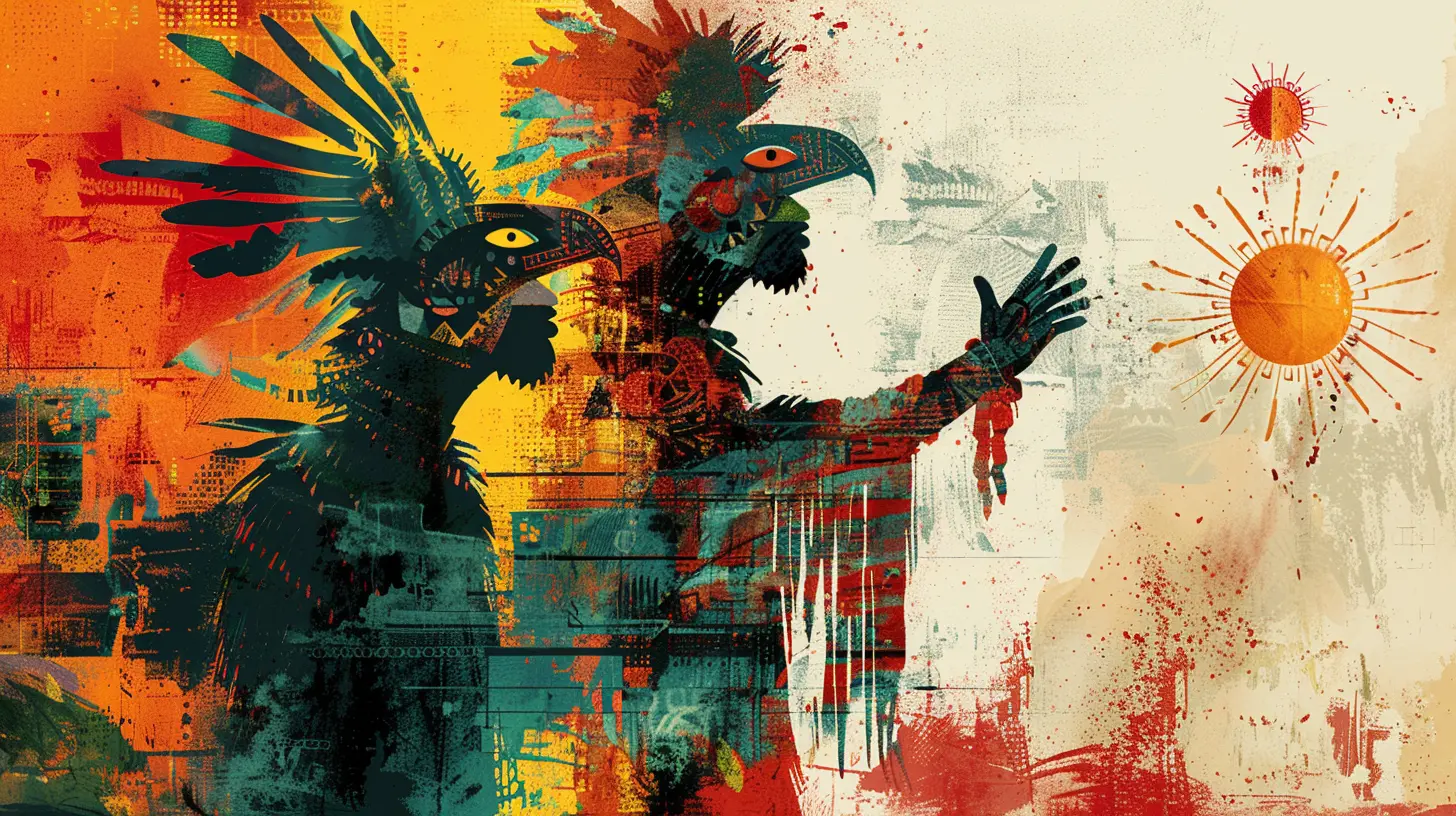
The Coexistence of Modernity and Ancient Traditions
A World in Transition
In today’s rapidly evolving world, the lines between past and future get a little blurry. Globalization, technological advancements, and the hunger for "what’s next" make it easy to assume that ancient traditions are fading into oblivion. But, wait—here’s the twist. Instead of being swept away by the relentless march of modernization, many ancient traditions are not only surviving but thriving. Crazy, right?Cultures across the globe have found creative ways to integrate the essence of their history with contemporary life, ensuring that these ancient practices continue to have a place in society while embracing elements of the modern world. This intersection doesn’t always come easy, though— it brings its own set of challenges. But when managed well, it gives tourists and locals alike a glimpse into both yesterday and tomorrow.
Tourism: The Bridge Between Then and Now
Tourism plays a pivotal role in fostering this delicate balance. Think about it: Travelers from all corners of the world are constantly on the hunt for authentic experiences, and many of them yearn for a taste of ancient culture intertwined with the conveniences of the modern era.Destinations that can simultaneously showcase their rich historical artifacts while providing modern comforts and unforgettable experiences are cashing in on this tourism goldmine. Ancient temples standing next to ultra-modern hotels? Check. Traditional tea ceremonies held in tech-savvy cities? Absolutely. It’s this duality that keeps a destination fresh, exciting, and relevant.
So, where can we see this compelling intersection of modernity and tradition in full force?
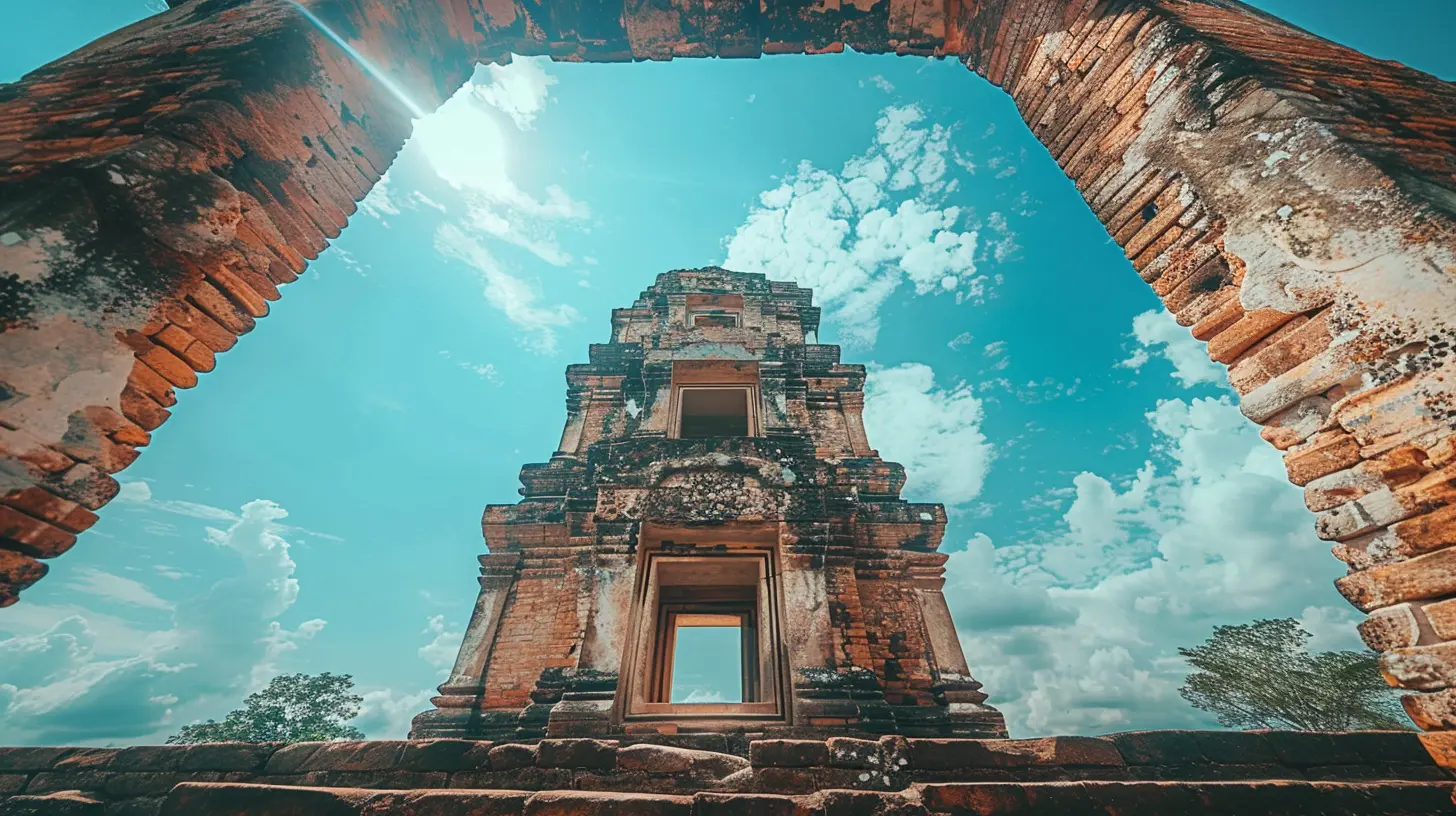
Cities and Countries Representing the Intersection of Past and Future
1. Kyoto, Japan: The Old Meets New World
Kyoto is one of the most iconic destinations when it comes to blending modernity with ancient traditions. On one side, you have bullet trains zipping through the city, skyscrapers, and the latest tech gadgets available at your fingertips. But then, turn the corner, and you’ll find yourself among serene Zen gardens, centuries-old shrines, and traditional tea houses that seem to have been frozen in time.Kyoto's residents don’t merely hold onto their culture—they live it. The city continues to host ancient festivals, like the Gion Matsuri, a 1000-year-old festival that brings together street food, lanterns, and traditional costumes. Meanwhile, locals are embracing modern fashion and technology without abandoning the kimonos and calligraphy scrolls of their ancestors.
2. Marrakech, Morocco: Where the Ancient Souk Embraces the 21st Century
Few places cling to their history as tightly as Marrakech. The city’s famous souks (markets) offer a glimpse into what life would have been like centuries ago. Walking through the narrow, winding streets of the Medina, you’ll find merchants selling handmade crafts, spices, and textiles, much like they did in ancient times.But don’t be fooled into thinking Marrakech is stuck in its past. The city has also become a hotspot for luxury tourism, with high-end hotels, restaurants, and modern amenities that offer a stark contrast to the traditional world outside. Want to sip on Moroccan mint tea in a rooftop bar with Wi-Fi while admiring the minaret of an ancient mosque? Marrakech has you covered.
3. Singapore: The Ultimate Fusion of Tradition and Tech
Fast-forward a few thousand years to the futuristic skyline of Singapore—a city that seemingly has one foot firmly planted in the future but never forgets its past. It’s hard not to marvel at this place, where cutting-edge architecture and time-honored traditions exist side by side.Take, for example, the famous Marina Bay Sands. This ultra-modern hotel may represent Singapore’s push toward the future, but you can still find temples and traditional hawker centers only a short distance away. Plus, cultural festivals like the Chinese New Year and Deepavali are celebrated with as much vigor and passion as they were in ancient times.
4. Istanbul, Turkey: At the Crossroads of History
Istanbul is truly where East meets West—both culturally and geographically. Here, you will find Christian churches standing beside Islamic mosques and modern shopping malls towering over Byzantine fortresses. The Grand Bazaar, one of the largest and oldest covered markets in the world, offers a shopping experience that is deeply rooted in history yet fully functional for today’s world.Walking through Istanbul can feel like flipping through the pages of a history book—except it’s not just history. It’s alive and well, with modern influences permeating these ancient streets just as much as tradition holds sway.
5. Ubud, Bali: A Spiritual and Contemporary Oasis
Who would have thought that an island famous for its ancient temples and deeply spiritual roots would also be a global hub for digital nomads? Bali, especially Ubud, has managed to integrate the peaceful whispers of its ancient traditions with the dynamic pulse of the modern world.The town boasts yoga retreats, local Hindu ceremonies, and centuries-old rice terraces, while also offering co-working spaces, vegan cafes, and Instagrammable infinity pools. Bali isn’t just hanging onto its spiritual past but learning how to incorporate modern wellness and tech infrastructure while staying true to its core values.

How Cultures Navigate This Intersection
The Role of Innovation in Preserving Tradition
One of the biggest misconceptions is that ancient traditions are static, that they resist any form of change or adaptation. But here’s the truth – traditions have always evolved. The key is innovation. Believe it or not, technology often plays a key role in preserving and even reviving ancient practices.Take UNESCO’s efforts to digitize ancient manuscripts or the rise of apps that teach endangered languages. These tech innovations are modern solutions meant to safeguard cultural heritage, proving that modernity and tradition are not mutually exclusive but can, in fact, complement each other.
Tourism's Role in Cultural Preservation
Here’s something that might surprise you—tourism, when done right, can help to preserve centuries-old traditions. That's right! Tourism dollars often fund preservation efforts for ancient sites, festivals, and rituals. Communities that might otherwise abandon traditional practices due to a lack of resources can continue performing them, thanks to the economic input from tourists.However, the key here is “when done right.” Responsible tourism is critical. Without putting thought into the impact tourism may have on local populations and their traditions, there is the risk of diminishing authenticity. Mass tourism, for instance, can turn sacred rituals into performances for profit, something that’s happening in certain places already.
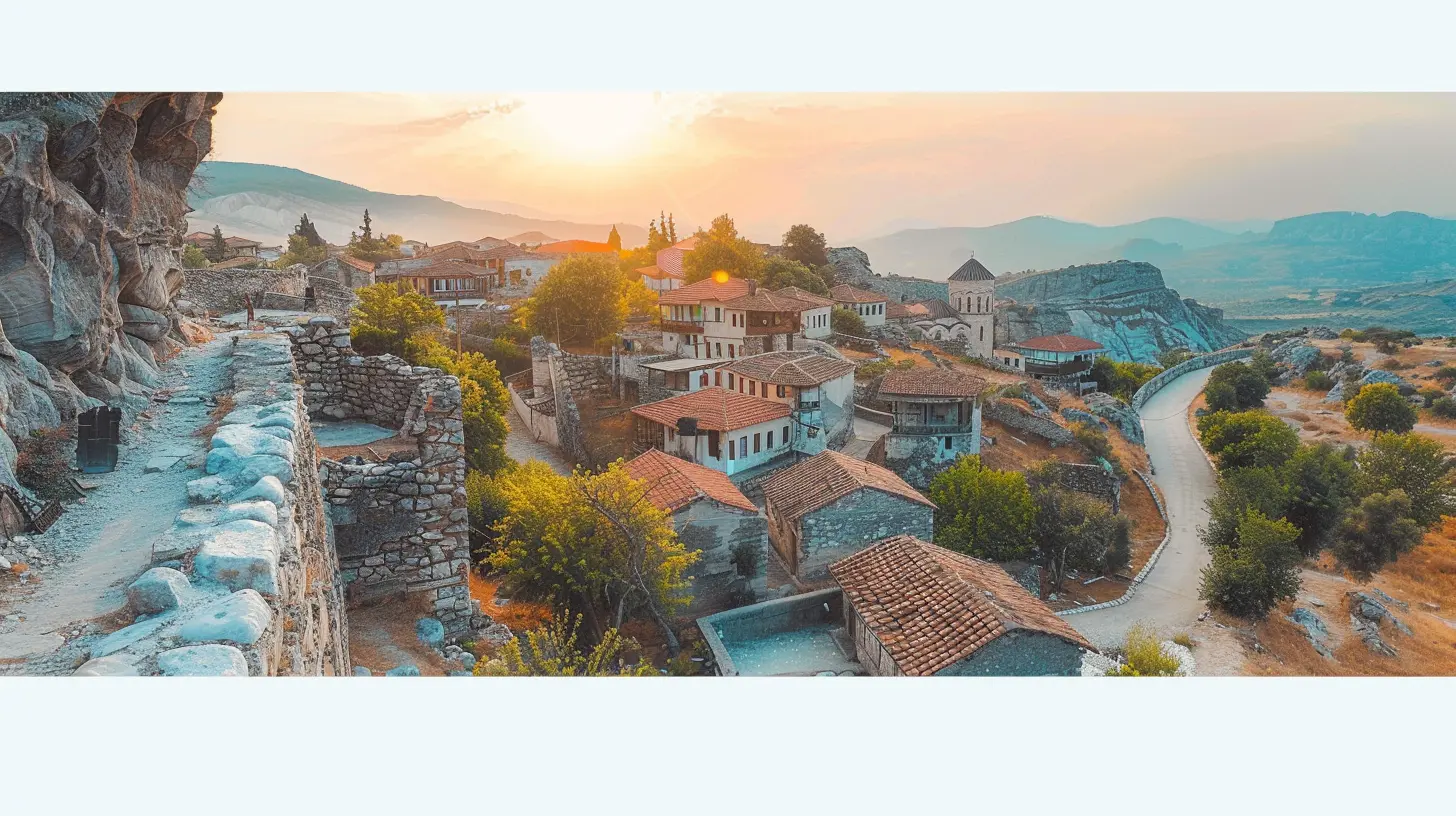
The Challenges of Maintaining This Balance
It's not always smooth sailing, though. There are challenges. Local communities may feel pressure to modernize in ways that erode their cultural foundations. For instance, younger generations might abandon traditional dress in favor of Western fashion, or they might lose fluency in their native language due to the global dominance of English.On the flip side, the push to maintain tradition can sometimes lead to a reluctance toward progress. Striking the perfect balance between preserving one’s cultural past and embracing new advancements is complex, and nations all over the world are still navigating this tricky terrain.
Final Thoughts: The Beauty in Both the Past and Present
At the end of the day, both modernity and ancient traditions contribute uniquely to our world experience. One gives us ease, progress, and convenience, while the other offers depth, connection, and wisdom that stands the test of time. The magic happens when these two worlds intersect, creating something entirely new yet deeply rooted in the old.So, whether you’re exploring a bustling city like Tokyo, where ancient temples stand proudly among futuristic architecture, or wandering through the timeworn lanes of Venice, remember that the past and present don’t have to be at odds. Instead, they can—and often do—coexist in ways that are not only sustainable but beautiful.
By embracing both modernity and our historical roots, we can enrich our lives, understand the world a little better, and ensure that these ancient traditions will continue to thrive for future generations to enjoy.


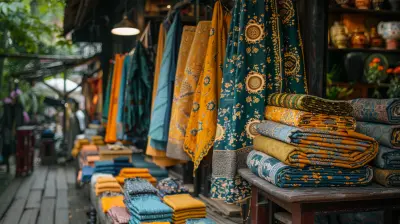
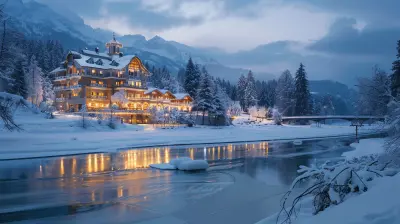





Laura Simon
This article beautifully captures the blend of modernity and ancient traditions. It highlights how travelers can experience rich cultural heritage while embracing contemporary advancements, making for a unique and enriching journey. A must-read for curious explorers!
April 6, 2025 at 3:00 AM